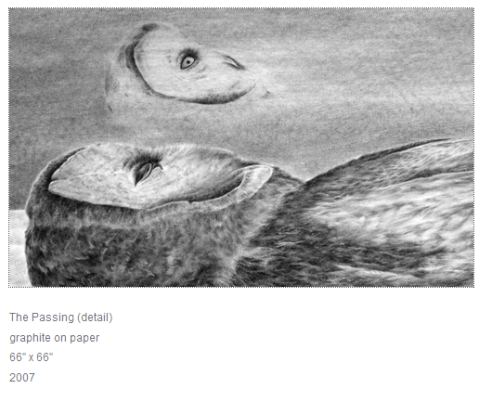The game of cranking up the color on old TV sets offers rich rewards. Instead of verisimilitude, pink people can be cast in a cyanotic blue, and brown ones turned golden, like toast under butter. Landscapes too change in the over-charge of artificial light, as the stately succumbs to the carnival.
Alice Wheeler never met a natural thing that couldn’t be improved upon by the addition of cheap charm.

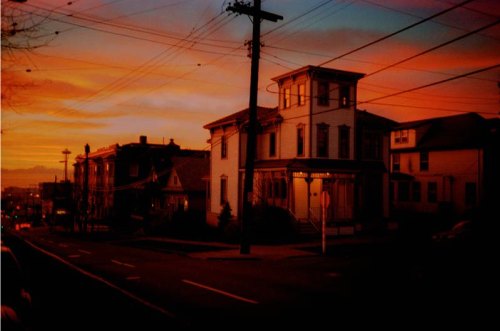 Wheeler’s inkjet prints are part of Made in the U.S.A. at Greg Kucera, through May 15.
Wheeler’s inkjet prints are part of Made in the U.S.A. at Greg Kucera, through May 15.



 As Ben told his younger brother
As Ben told his younger brother 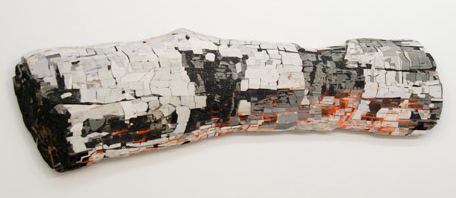 Detail:
Detail: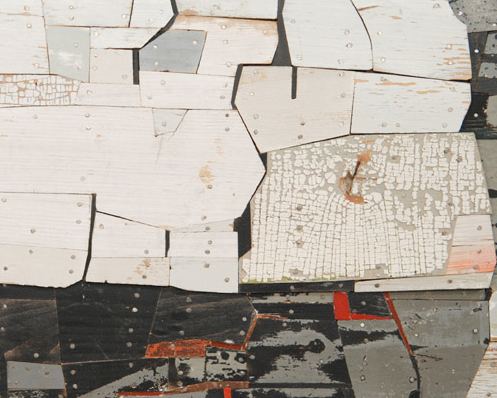 The only other artist who makes such an exuberant overuse of tiny nails is
The only other artist who makes such an exuberant overuse of tiny nails is 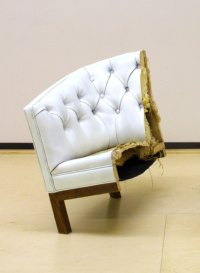
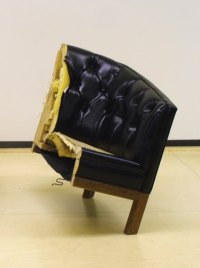
 He remembers elementary school, feeling pinned in place.
He remembers elementary school, feeling pinned in place. Inside his childhood was a loose and lovely obsessive. Hence his self-portrait (at age 9) in 1,649 hot wheels, each loose on the floor and capable of wheeling away. Some he painted, largely brown, as there aren’t a sufficient store of brown hot wheels on the market.
Inside his childhood was a loose and lovely obsessive. Hence his self-portrait (at age 9) in 1,649 hot wheels, each loose on the floor and capable of wheeling away. Some he painted, largely brown, as there aren’t a sufficient store of brown hot wheels on the market.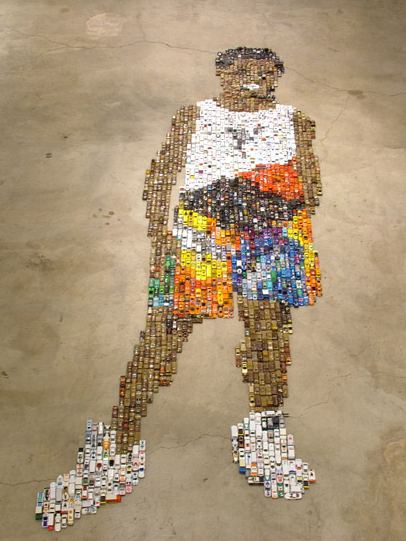 Detail:
Detail: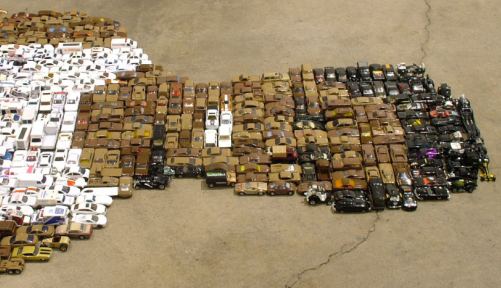 At
At 
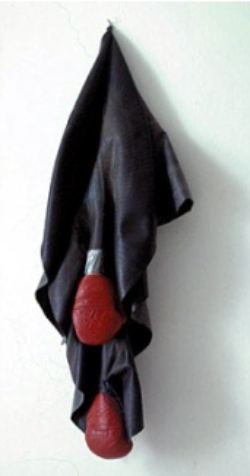 David Hammons’ 1989 Champ is impeccable and clever, beautiful and sad. The materials are simple: inner tube, (silver) duct tape, and boxing gloves (with laces hanging down). Hammons smartly mixes a deflated sport with deflated materials to examine the role of the prize fighter in American culture, especially black culture. Before the NBA was a dreamed-of escape-valve for urban youth, boxing offered the bruising, difficult way up. Fighters such as Jack Johnson and Joe Louis were heroes to black America, fighters who crossed-over and had success in mainstream society. But with success came tragedy: Louis died broke, his funeral paid for by German rival Max Schmeling. The tragedy went beyond individual figures: Countless young black men hoped boxing would provide a way up but instead were merely pummeled, used as entertainment or in match-fixing schemes, as disposable cogs in brutal entertainment.
David Hammons’ 1989 Champ is impeccable and clever, beautiful and sad. The materials are simple: inner tube, (silver) duct tape, and boxing gloves (with laces hanging down). Hammons smartly mixes a deflated sport with deflated materials to examine the role of the prize fighter in American culture, especially black culture. Before the NBA was a dreamed-of escape-valve for urban youth, boxing offered the bruising, difficult way up. Fighters such as Jack Johnson and Joe Louis were heroes to black America, fighters who crossed-over and had success in mainstream society. But with success came tragedy: Louis died broke, his funeral paid for by German rival Max Schmeling. The tragedy went beyond individual figures: Countless young black men hoped boxing would provide a way up but instead were merely pummeled, used as entertainment or in match-fixing schemes, as disposable cogs in brutal entertainment.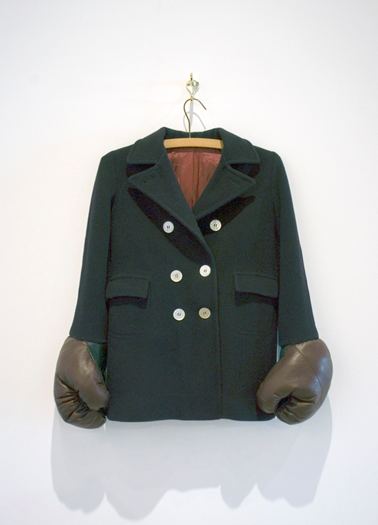 Hayes began his career in early 1980s, painting figures who deliberately draw the hard light of public scrutiny: strippers, boxers and prostitutes. Light splatters their bodies like oil hitting a hot griddle.
Hayes began his career in early 1980s, painting figures who deliberately draw the hard light of public scrutiny: strippers, boxers and prostitutes. Light splatters their bodies like oil hitting a hot griddle.

 As John Yau pointed out in his monograph on Hayes from 2000, titled,
As John Yau pointed out in his monograph on Hayes from 2000, titled,  Uh, Dad? That’s three words. On the other hand, it isn’t every day that a family farmer tips his hat to
Uh, Dad? That’s three words. On the other hand, it isn’t every day that a family farmer tips his hat to 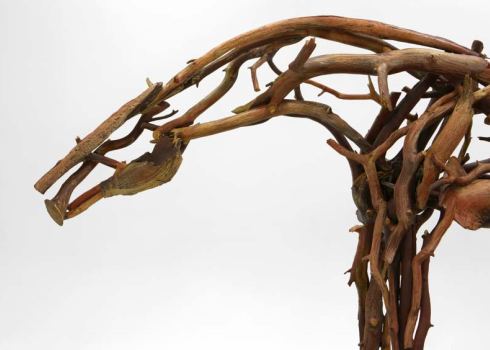 Daws’ suite of four
Daws’ suite of four  Wright’s family helped build the Space Needle, and he was chairman of the the Century 21 Comittee that developed a master plan for the next 20 years of development at Seattle Center. He was also a major fundraiser for Seattle Center’s McCaw Hall, that houses Seattle Opera.
Wright’s family helped build the Space Needle, and he was chairman of the the Century 21 Comittee that developed a master plan for the next 20 years of development at Seattle Center. He was also a major fundraiser for Seattle Center’s McCaw Hall, that houses Seattle Opera. 
